
Activity Reports
7 months on – the closure of the Ishinomaki evacuation centres
October 26, 2011
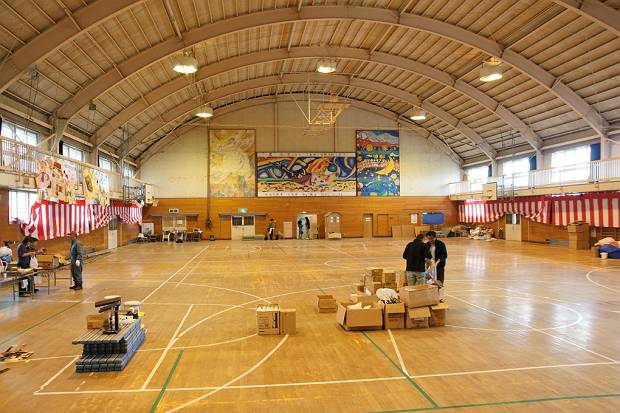
At its peak, several hundreds of people were living in this gymnasium. It is now being cleared up ready for closure.
As of October 11, 7 months since the disaster, all evacuation centres of Ishinomaki City have been closed. While some of these have been renamed as “waiting centres” for residents awaiting repairs tot heir homes and so on. Yet the gym here at the Hebita Junior High School is being closed, and volunteers have been working to assist people moving in to temporary housing and providing the last meals to residents.
One of these volunteers as AD Kitamura Kazumi, who has long been supporting the food provision and self-sufficiency programmes, working in close cooperation with local residents. “At first it was quite difficult, and not smooth to have conversations”, she says. However through trial and error over the past several months, a strong relationship of trust was build – now so much that she is even personally helping them move into their houses.
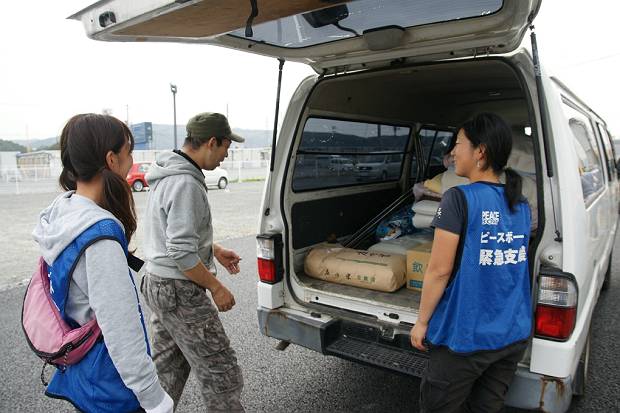
Carrying luggage from the gymnasium upon arrival to the temporary housing.
Once the move was finished and they were saying goodbye, he said, “Thanks for everything until now. We’ll also do our best to be able to start once again with a smile!”
This was really a moment to highlight that this was not the end, but only the beginning.
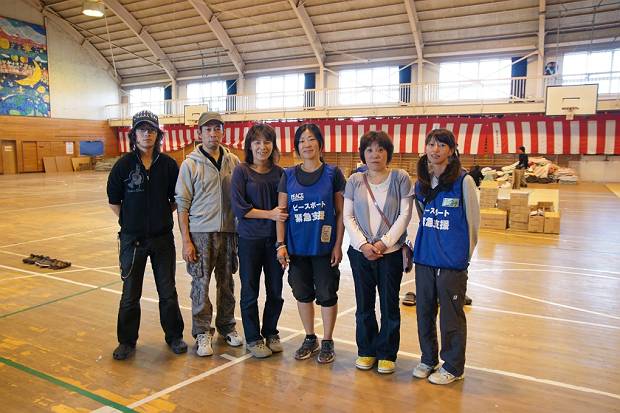
This photograph was taken with the final evacuation centre residents just before saying boodbye.
This day was also the final day of the temporary public baths.
Peace Boat had been involved in running “Fudou no yu” in Fudoucho and “Kizuna no yu” in the car park of Ai Plaza in Tachiyama, as well as “Kibou no yu” at the Minato Primary School.
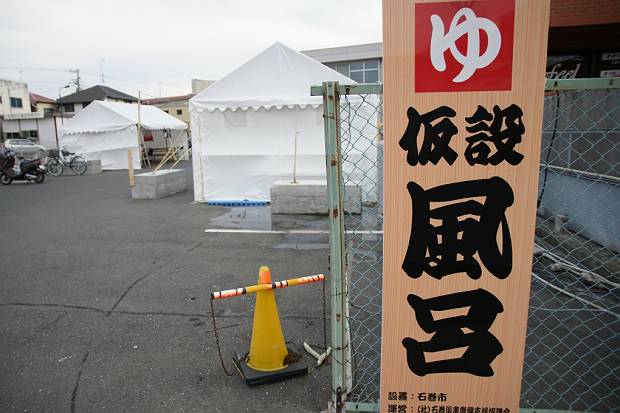
“Kizuna no Yu” was scheduled to be taken apart the following day.
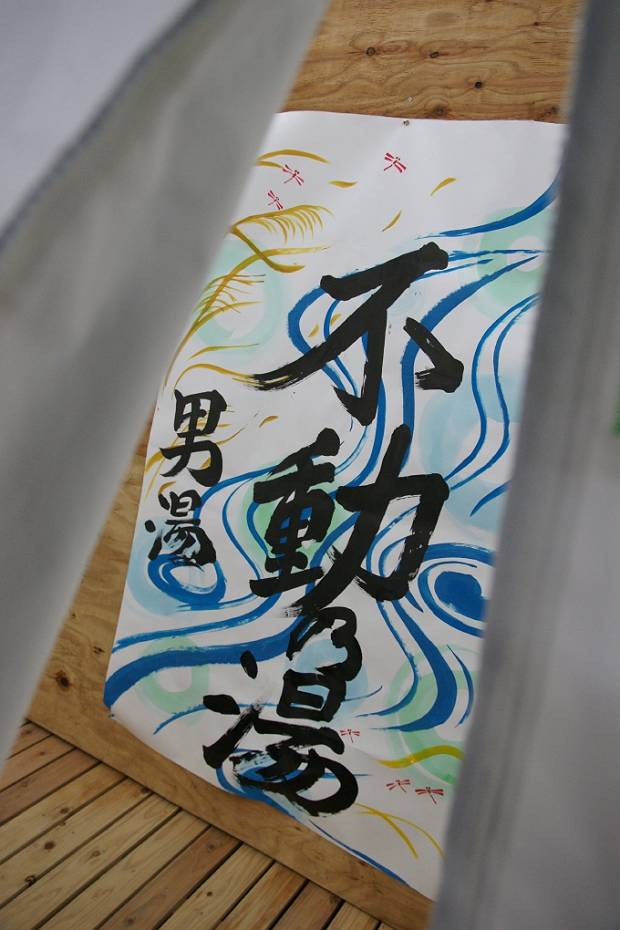
We will no longer be able to see the smiles of people as they come through the curtain at the door (made from part of a tent, actually!).
As the evening closing time grew closer, many flowers, sweets and letters could be seen at the bath’s reception area, gifts from local residents. This shows how much not only the bath itself was appreciated, but also the members who had been supporting the bath for the past months.
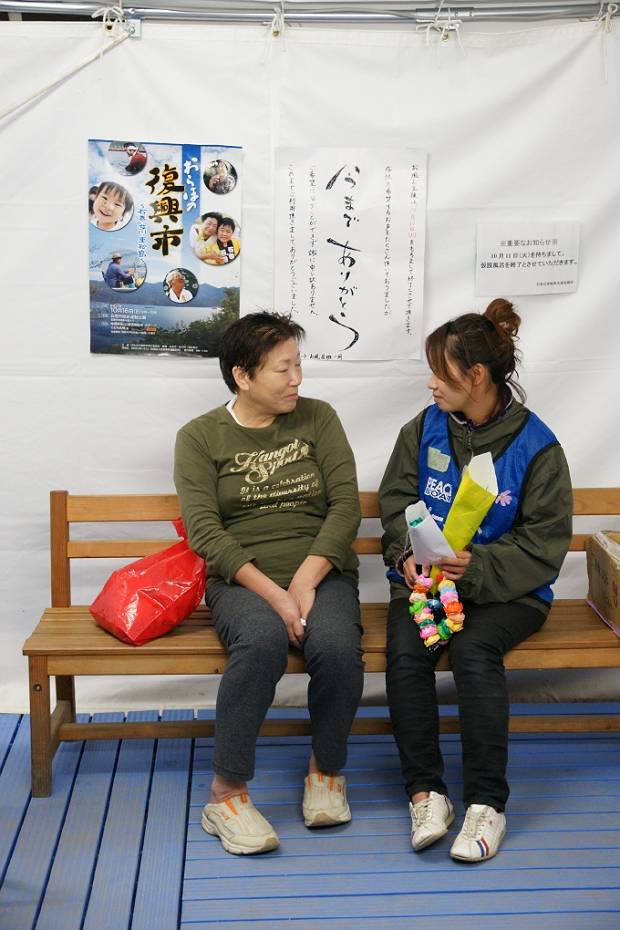
Many people stayed to talk with the volunteers, not wanting to part and say goodbye.
The below photographs show some of the other support services which came to a close.
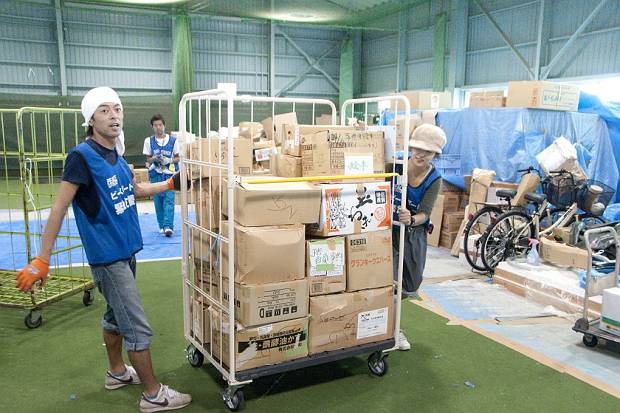
The store room at Ishinomaki Senshu University, where donated relief items from all over were collected and managed.
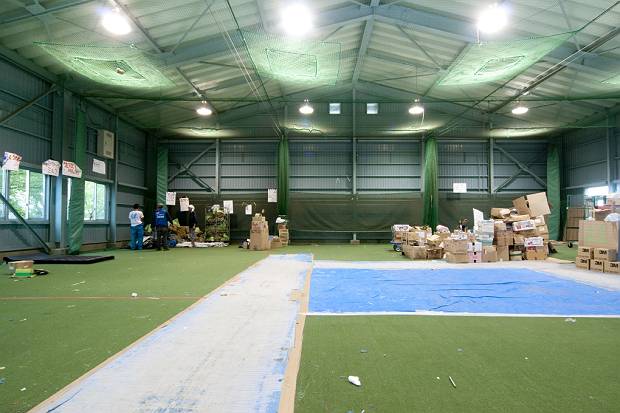
The warehouse was closed on September 22, remaining goods relocated, and administration taken over by the Ishinomaki City.
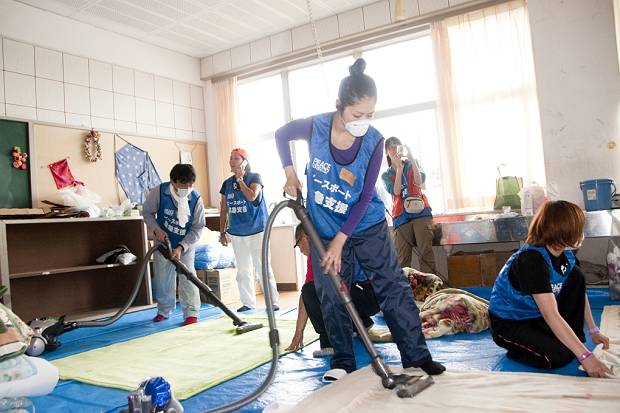
The “Dani Buster” team visited each of the evacuation centres to clean futons, blankets and so on of “dani” (fleas and insects.”
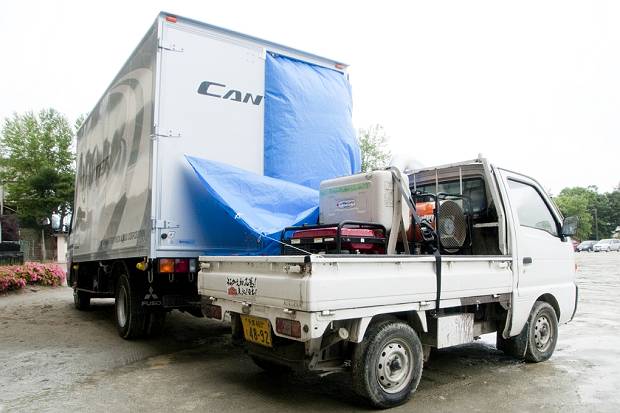
The last cleaning operations were held at the Watanoha Primary School on September 14. The specially built truck, with a futon dryer included, also had its final use on that day.
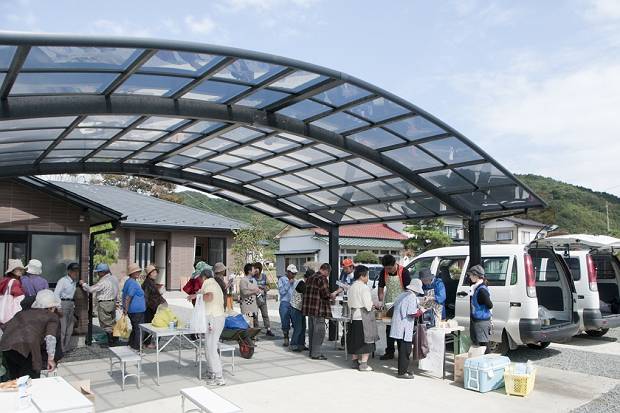
The role of the meal provision changed from maintaining lives to providing a place for residents to gather and be connected.
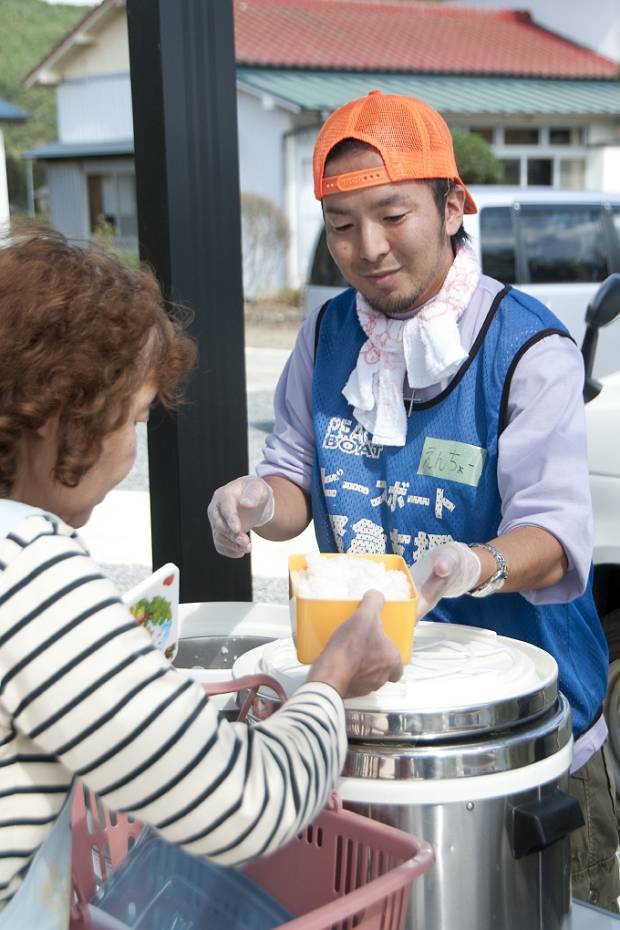
Meal provision was finished as at September 25.
There are some locations, however, where members of the local community who were brought together at Peace Boat’s meal provision locations have actually decided to continue to connect themselves.
From now, Peace Boat’s support will focus on the following activities.
Even after moving from evacuation centres to temporary housing, the difficulties will not end. Looking back on the lessons of the Hanshin Awaji Earthquake, when many people passed away in isolation, Peace Boat has launched new activities to support those living in temporary housing, such as delivering information through a specially produced newspaper. This will not just be put in post boxes, but delivered by hand as much as possible, as a way to share information about the needs of people rebuilding their lives and ensuring that life in the temporary housing is made as comfortable as possible. This is being conducted in collaboration with the local authorities, to put a face on the exchange of information and needs.
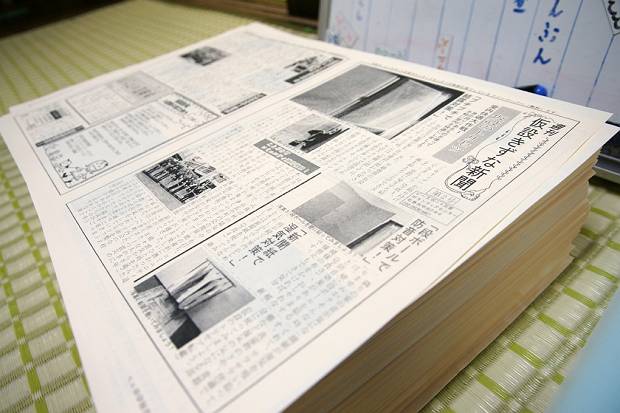
Piles of the newspaper ready for delivery.
Other long-term projecst to continue include the recently announced Disaster Relief Volunteer Training Programme, ongoing fishing industry support including oyster and seafood cultivation, and some cleaning activities. Other new programmes are also likely to begin upon consultation and coordination with the local community, and will be reported on this page
Photos by Suzuki Syoichi, Nakamura Mitsutoshi
TAGS: bath • cleanup • delivery • Disaster Relief • evacuation centre • food provision • Ishinomaki • Japan • Peace Boat • peaceboat • Relief • relief goods • temporary housing • Volunteer • Volunteers


